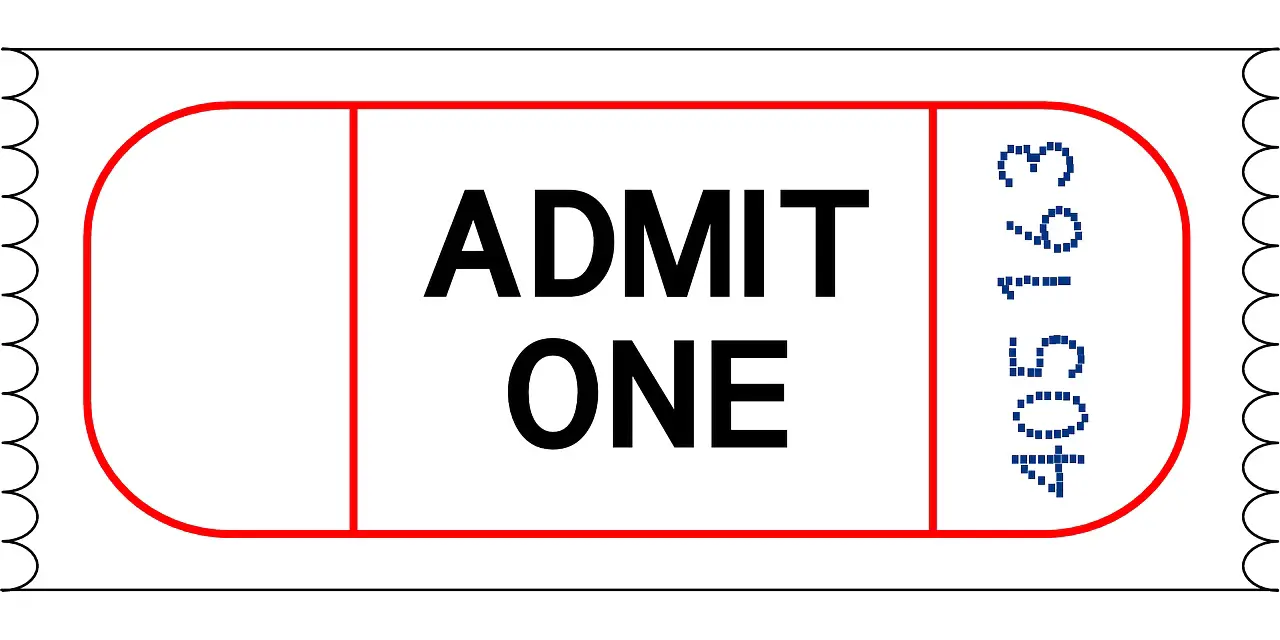
Every career stage has its difficulties. And you thought figuring out the ropes as a resident was difficult? Working as a new board-certified radiologist in your career of interest is no different. Just like you have in the past, you will worry about both the quality and quantity of your work. So, how do you know what you do is enough to make a good impression on your future partners and colleagues? Some would say that if you have to ask this question, you are probably not reading enough. But I think that answer is way too simplistic. Instead of relying on aphorisms, let’s go through some work expectations for completing enough studies at each early stage during the first few months and years before starting as a partner in a practice.
First Few Months Of Work Expectations
At the beginning of your first employment opportunity, most practices tend to give new employees a bit more leeway (although not all!). Rather than focusing on quantity, most practices would want you to concentrate your efforts on maintaining the quality of your work. That said, if you garner a reputation of working slowly as a slug, that is not likely to do wonders for your likelihood of becoming a partner or a long-term employee within a practice. Most practices have unstated minimum work expectations. And as a new employee, you should expect to try to take as much work as you can reasonably muster so long as you are not overdoing it and you are not sacrificing the quality of your work.
You should always try to help by taking extra cases, performing as many procedures as possible, and becoming the “invaluable go-to guy or gal.” Don’t let yourself get stuck in the mind frame of “that is not my responsibility.” Of course, if the folks that run the practice are assigning you duties that you have not trained for and cannot complete, you need to say something. But for the most part, you should welcome the additional responsibilities and expectations the owners have given you.
So, what are some signs that you are not reading enough to maintain weight and meet practice work expectations? If you notice the partners are frustrated that they have to take over much of your work because you are not working fast enough, then maybe you need to consider taking it up a notch. Fortunately, most practices, however, will give you a little bit of leeway at this point in your career.
First Few Years
After the initial probation period, you really have to consider whether you are keeping up with the appropriate amount of RVUs and meeting work expectations. No longer can you rest on your laurels because you are the new gal in town. It’s not just about quality anymore!
At this point, your colleagues expect you to pull your weight by completing your assigned lists, which is why they hired you. In addition, you should be helping out with others; if the day ends at 5 pm and you can help others complete their work after this time, by all means, go ahead. Especially when you have your sights on the partnership, you should put your best efforts forward. At most practices, your performance still counts toward your group’s chances of adding you to their fold.
Which candidates will your practice cut during the first few years? Essentially, any partnership track employees who did not fulfill the expectations of their initial reasons for hiring. If you feel that this includes you in this category, beware!
In addition, those folks on the chopping block include employees that cannot adapt to workload changes and work expectations. Practices are not stagnant. Instead, you can’t expect to read the same amount of studies in any given year. Working conditions can become busier, or your practice may add new modalities and procedures. So, always ask if you are keeping up with their expectations even after your first few months. You are not quite at the end of the tunnel until the group has officially voted you in!
Final Thoughts On Work Expectations
Working at a job where you intend to stay for years is more of a marathon than a sprint. Therefore, your mentality needs to be one of “what can I add to the practice?” rather than “why should I do extra work?” or “it’s not my job!” If you maintain this attitude toward your work, you will not only form good employment habits, but you will also think of your role as part of a team effort, not just pulling for oneself. And in the end, that is what most partnerships expect. So, go forth and put your best foot forward. Then, you, too, will find success!














